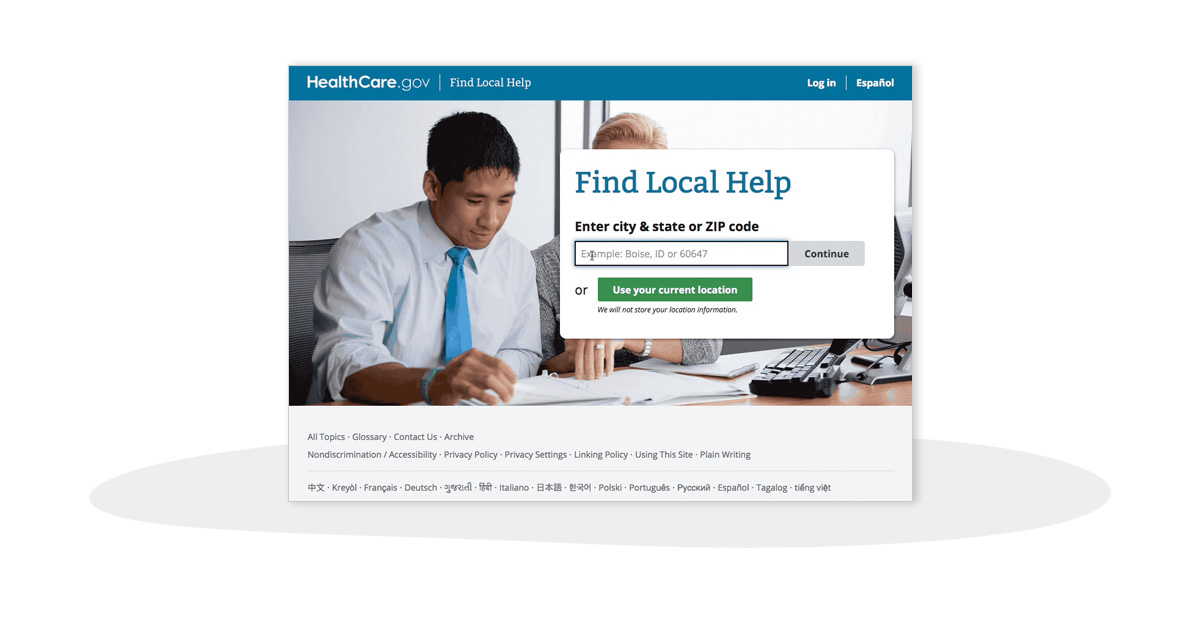Product thinking
Building the right things in ways that solve real problems
Approach > Human-centered design

Human-centered design addresses those challenges by changing the way software teams make decisions. Every choice is based on creating positive experiences for all users based on their needs, abilities, and the ways they interact with products and services across different channels.
Human-centered design enables agencies to:

See how Ad Hoc used human-centered design to connect people with health care advice through the Find Local Help tool.
In government and non-profit organizations, legislation, policy requirements, and legacy technology create unique challenges that can prioritize compliance over people. At Ad Hoc, we combine human-centered design with our other foundational competencies to ensure products are compliant while still being accessible and easy to use.
Every team and individual at Ad Hoc brings human-centered design into their work.
Human-centered design is about building the right thing, given the needs of users and the constraints of organizations. To find that balance, we ask a lot of questions throughout our process.